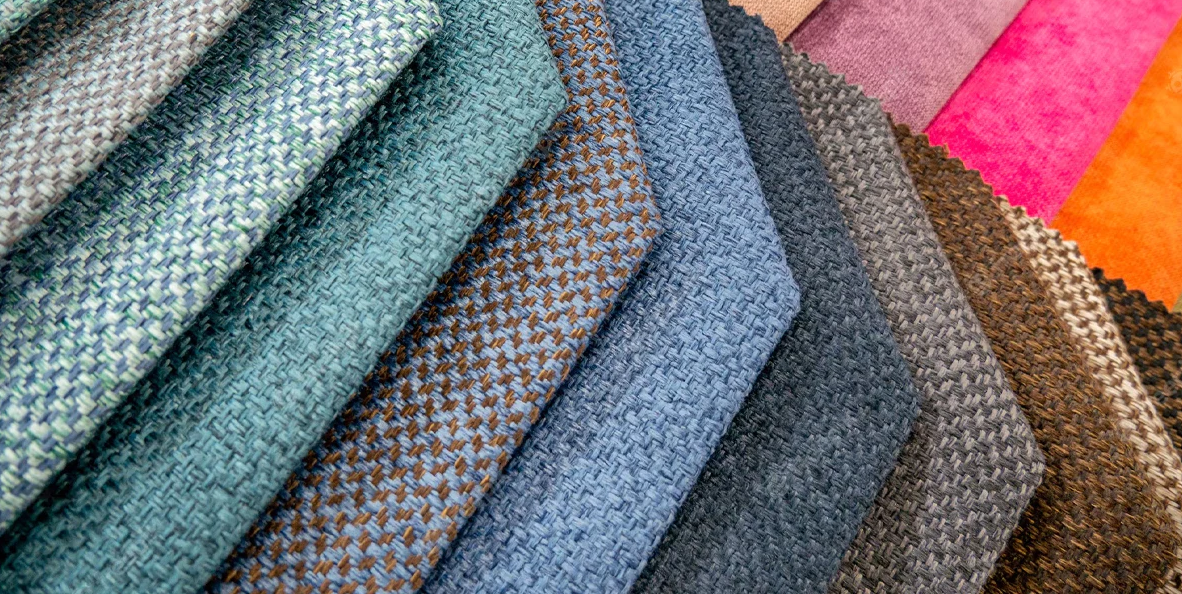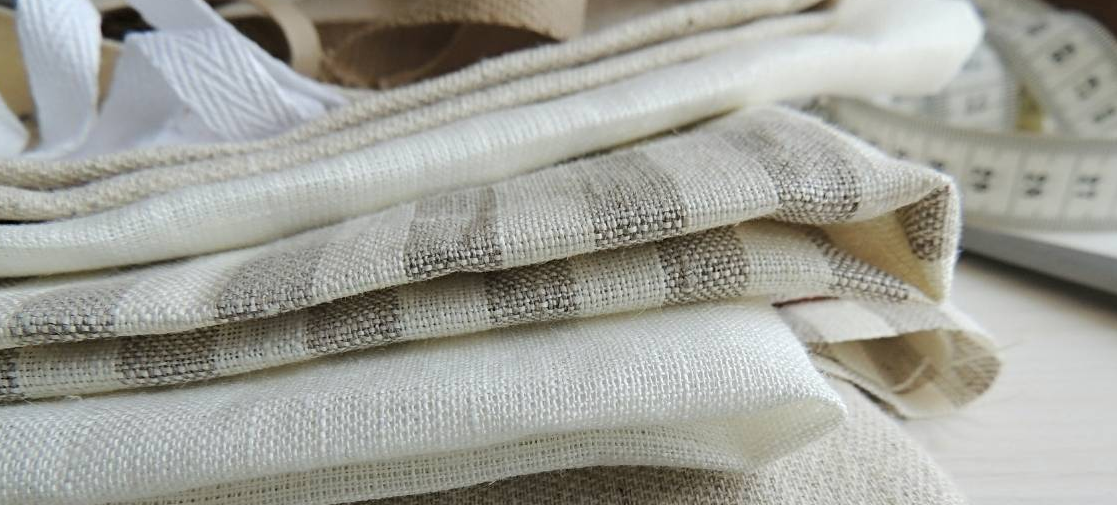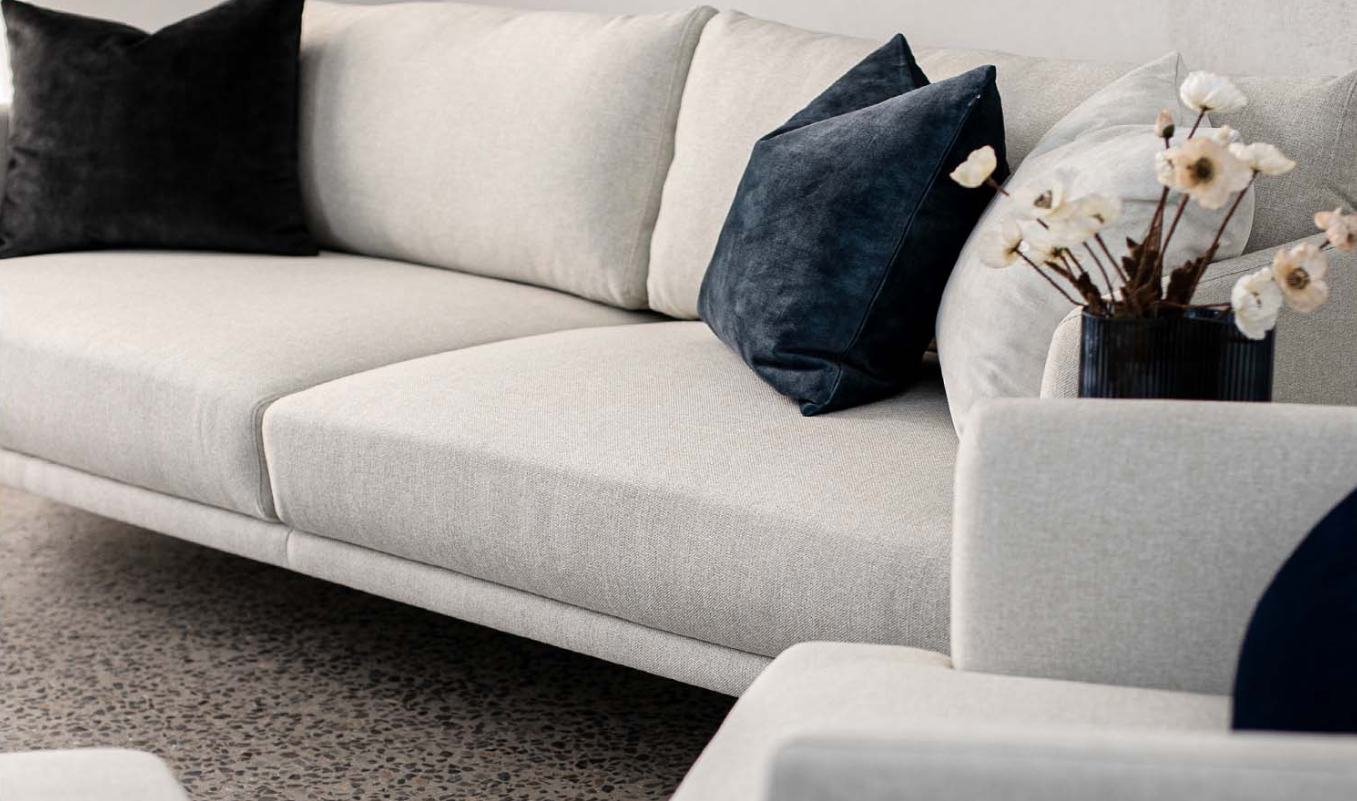Best Fabric For Sofa Upholstery
The best fabric for sofa upholstery depends on the specific needs and preferences of the individual. However, some popular options include leather, velvet, and microfiber. Leather is a durable and luxurious choice that can withstand heavy use and is easy to clean. Velvet is a soft and elegant fabric that adds a touch of luxury to any sofa, but it may require more maintenance to keep it looking its best. Microfiber is a practical and affordable option that is stain-resistant and easy to clean, making it a great choice for households with children or pets. Ultimately, the best fabric for sofa upholstery will depend on factors such as lifestyle, budget, and personal style.
- Leather
- Microfiber
- Cotton
- Linen
- Polyester
Leather
Leather is a versatile and durable material that has been used for centuries in various applications. It is made from the hide of animals, primarily cows, but also from other animals such as sheep, goats, and pigs. Leather is known for its strength and flexibility, making it ideal for products that require durability, such as shoes, bags, and furniture. It is also a popular choice for clothing items like jackets and belts. Leather is highly valued for its natural beauty, as it develops a unique patina over time, giving it a timeless and classic appeal. Additionally, leather is breathable and comfortable to wear, making it a preferred choice for many. However, the production of leather has raised concerns about animal welfare and environmental impact, leading to the development of alternative materials and more sustainable practices in the industry.
Pros
- Leather is durable and long-lasting, making it a great investment.
- It has a timeless and classic aesthetic that never goes out of style.
- Leather is easy to clean and maintain, requiring minimal effort.
- It offers excellent comfort and breathability, ensuring a comfortable experience.
Cons
- Leather production contributes to deforestation and environmental degradation.
- Leather production involves the use of harmful chemicals that can pollute water sources and harm human health.

Microfiber
Microfiber is a synthetic material that is made up of extremely fine fibers, typically smaller than a human hair. These fibers are tightly woven together to create a fabric that is incredibly soft and durable. Microfiber is known for its ability to absorb and hold onto moisture, making it a popular choice for cleaning and drying purposes. It is also highly effective at trapping and removing dirt, dust, and other particles, making it an excellent choice for cleaning surfaces such as glass, stainless steel, and electronics. Additionally, microfiber is hypoallergenic and resistant to bacteria, making it a great option for those with allergies or sensitivities. Overall, microfiber is a versatile and practical material that is widely used in various industries, including cleaning, automotive, and clothing.
Pros
- Microfiber is highly durable and long-lasting, making it a great investment.
- It has a modern and sleek aesthetic that adds a contemporary touch to any space.
- Microfiber is easy to clean and maintain, requiring minimal effort.
- It offers excellent stain resistance and is less prone to fading, ensuring long-lasting beauty.
Cons
- Microfiber can be difficult to clean and may require special care instructions
- Microfiber may not be as durable as other materials and can be prone to pilling or snagging

Cotton
Cotton is a soft, fluffy fiber that grows in a boll, or protective capsule, around the seeds of the cotton plant. It is one of the most widely used natural fibers in the world, known for its versatility and comfort. Cotton has been cultivated for thousands of years and has played a significant role in the development of civilizations. It is used to make a wide range of products, including clothing, bedding, towels, and even medical supplies. Cotton is highly absorbent and breathable, making it ideal for warm climates and active lifestyles. It is also easy to care for and can be machine washed and dried without losing its shape or softness. Overall, cotton is a beloved and essential material that continues to be a staple in our everyday lives.
Pros
- Cotton is a natural and sustainable material, making it an eco-friendly choice.
- It is soft and comfortable, providing a cozy and gentle feel against the skin.
- Cotton is breathable and moisture-wicking, keeping the body cool and dry.
- It is versatile and can be used for a wide range of products, from clothing to home furnishings.
Cons
- Cotton requires a lot of water to grow, which can lead to water scarcity in areas where it is grown.
- Cotton production often involves the use of pesticides and other chemicals, which can harm the environment and human health.

Linen
Linen is a versatile and durable fabric that has been used for centuries. It is made from the fibers of the flax plant and is known for its strength and breathability. Linen is highly absorbent and dries quickly, making it a popular choice for clothing and household textiles. It has a natural luster and a slightly textured feel, giving it a timeless and elegant appearance. Linen is also hypoallergenic and resistant to bacteria, making it a great option for those with sensitive skin or allergies. Additionally, linen is environmentally friendly as it is a renewable resource and requires less water and pesticides to grow compared to other fabrics. Whether used for clothing, bedding, or table linens, linen adds a touch of sophistication and comfort to any setting.
Pros
- Linen is a natural and sustainable material, making it an eco-friendly choice.
- It has a unique and textured appearance that adds a rustic and organic feel to any space.
- Linen is highly breathable and moisture-wicking, keeping the body cool and dry.
- It is versatile and can be used for a variety of products, from clothing to home decor.
Cons
- Linen wrinkles easily, making it high-maintenance and requiring frequent ironing or steaming to maintain a neat appearance.
- Linen tends to shrink when washed, which can be problematic if not properly cared for or if the garment is not pre-shrunk before sewing.

Polyester
Polyester is a synthetic fiber that is widely used in the textile industry. It is known for its durability, wrinkle resistance, and ability to retain its shape. Polyester is made from a combination of chemicals, including petroleum, coal, air, and water. It is produced through a process called polymerization, where the chemicals are heated and combined to form long chains of molecules. This results in a strong and versatile fabric that is resistant to stretching and shrinking. Polyester is also known for its quick-drying properties, making it a popular choice for sportswear and outdoor clothing. Additionally, it is easy to care for and can be machine washed and dried without losing its shape or color. However, polyester is not without its drawbacks. It is not as breathable as natural fibers like cotton or linen, and it can cause discomfort in hot and humid weather. Despite this, polyester remains a popular choice for a wide range of applications due to its affordability, versatility, and durability.
Pros
- Polyester is highly durable and long-lasting, making it a great investment.
- It has a wide range of colors and patterns available, allowing for versatile design options.
- Polyester is resistant to wrinkles and shrinkage, maintaining its shape and appearance over time.
- It is easy to care for and quick-drying, making it ideal for busy lifestyles.
Cons
- Polyester is not biodegradable, meaning it takes a long time to break down in the environment.
- Polyester is derived from non-renewable resources, such as petroleum, which contributes to environmental pollution and depletion of natural resources.

FAQs
What are the different types of materials commonly used in upholstery?
- Leather
- Fabric
- Vinyl
- Microfiber
- Canvas
- Velvet
- Wool
- Silk
What are the environmental impacts of leather production and how can they be mitigated?
Environmental Impacts of Leather Production
-
Deforestation:
Leather production contributes to deforestation as trees are cut down to create grazing land for cattle.
-
Water Pollution:
The tanning process involves the use of chemicals that can contaminate water sources, leading to water pollution.
-
Greenhouse Gas Emissions:
Cattle farming for leather production releases significant amounts of methane, a potent greenhouse gas that contributes to climate change.
-
Waste Generation:
The leather industry generates large amounts of solid waste, including trimmings, shavings, and leftover chemicals.
Mitigation Measures
-
Sustainable Farming Practices:
Encouraging and implementing sustainable cattle farming practices can help reduce deforestation and minimize the environmental impact of leather production.
-
Water Treatment and Recycling:
Investing in advanced water treatment technologies and promoting water recycling in tanneries can mitigate water pollution caused by leather production.
-
Alternative Tanning Methods:
Exploring and adopting alternative tanning methods that use fewer chemicals or natural substitutes can reduce the environmental impact of leather production.
-
Waste Management and Recycling:
Implementing proper waste management systems, including recycling and safe disposal of leather industry waste, can minimize the negative environmental effects.
What are the benefits of using linen fabric for clothing and home textiles?
There are several benefits of using linen fabric for clothing and home textiles: 1. Durability: Linen is known for its strength and durability, making it a long-lasting choice for clothing and home textiles. 2. Breathability: Linen fabric is highly breathable, allowing air to flow through and keeping the body cool and comfortable. 3. Moisture-wicking: Linen has natural moisture-wicking properties, absorbing moisture from the body and quickly evaporating it, keeping the skin dry. 4. Hypoallergenic: Linen is hypoallergenic, making it suitable for people with sensitive skin or allergies. 5. Thermoregulation: Linen fabric helps regulate body temperature, keeping you cool in hot weather and warm in cold weather. 6. Antibacterial: Linen has natural antibacterial properties, preventing the growth of bacteria and reducing odors. 7. Environmental-friendly: Linen is made from flax plants, which require less water and pesticides compared to other crops, making it an eco-friendly choice. 8. Timeless elegance: Linen fabric has a classic and elegant appearance, adding a touch of sophistication to clothing and home textiles. 9. Easy care: Linen fabric is easy to care for, as it can be machine washed and becomes softer with each wash. 10. Versatility: Linen fabric can be used for a wide range of clothing and home textile products, including shirts, dresses, bedding, curtains, and tablecloths. These benefits make linen fabric a popular choice for both clothing and home textiles.
What are the advantages of using microfiber cleaning cloths compared to traditional cleaning materials?
There are several advantages of using microfiber cleaning cloths compared to traditional cleaning materials: 1. Efficiency: Microfiber cloths are highly effective in capturing and trapping dirt, dust, and bacteria due to their fine fibers and unique structure. 2. Versatility: These cloths can be used for various cleaning tasks, including dusting, wiping surfaces, polishing, and even cleaning glass without streaks. 3. Durability: Microfiber cloths are long-lasting and can withstand multiple washes without losing their effectiveness or shape. 4. Environmentally friendly: Using microfiber cloths reduces the need for disposable cleaning materials, such as paper towels, which helps in reducing waste and promoting sustainability. 5. Cost-effective: Although microfiber cloths may have a higher upfront cost, they are a cost-effective option in the long run due to their durability and reusability. 6. Non-abrasive: Microfiber cloths are gentle on surfaces and do not scratch or damage delicate materials like traditional cleaning materials might. 7. Absorbency: These cloths have excellent absorbency, allowing them to hold a significant amount of liquid or cleaning solution, making them ideal for spills or wet cleaning tasks. 8. Hypoallergenic: Microfiber cloths are hypoallergenic and do not contain any chemicals or irritants, making them safe for use by individuals with allergies or sensitivities. 9. Time-saving: Due to their efficiency and effectiveness, microfiber cloths can help save time and effort during cleaning tasks. 10. Improved cleaning results: The fine fibers of microfiber cloths enable them to pick up smaller particles and remove more dirt and grime compared to traditional cleaning materials. Please note that the above information is provided in plain text format.
What are the environmental impacts of cotton production and how can they be mitigated?
Environmental Impacts of Cotton Production
- Water Consumption: Cotton production requires significant amounts of water, leading to water scarcity and depletion of water resources.
- Pesticide Use: Cotton crops are heavily sprayed with pesticides, which can contaminate soil, water, and air, harming ecosystems and human health.
- Soil Degradation: Intensive cotton farming practices can lead to soil erosion, loss of soil fertility, and degradation of soil quality.
- Biodiversity Loss: Large-scale cotton production often involves clearing of natural habitats, leading to the loss of biodiversity and disruption of ecosystems.
- Energy Consumption: Cotton processing and manufacturing require significant energy inputs, contributing to greenhouse gas emissions and climate change.
Mitigation Measures for Cotton Production
- Water Conservation: Implementing efficient irrigation techniques, such as drip irrigation, and promoting rainwater harvesting can help reduce water consumption in cotton farming.
- Integrated Pest Management: Encouraging the use of natural pest control methods, crop rotation, and biological controls can minimize pesticide use and its environmental impacts.
- Sustainable Soil Management: Adopting practices like cover cropping, organic fertilization, and conservation tillage can improve soil health, reduce erosion, and enhance soil fertility.
- Protecting Biodiversity: Promoting agroforestry, preserving natural habitats, and avoiding the use of genetically modified cotton varieties can help protect biodiversity in cotton-growing regions.
- Renewable Energy Adoption: Encouraging the use of renewable energy sources, such as solar or wind power, in cotton processing and manufacturing can reduce greenhouse gas emissions.
What are the advantages and disadvantages of using polyester fabric in clothing production?
- Advantages of using polyester fabric in clothing production:
- Polyester is a durable and long-lasting fabric, making it ideal for clothing that needs to withstand frequent wear and washing.
- It is resistant to wrinkles, which means garments made from polyester tend to maintain their shape and appearance even after being packed or worn for extended periods.
- Polyester is a quick-drying fabric, making it suitable for sportswear and outdoor clothing that may be exposed to moisture or sweat.
- It is a lightweight fabric, providing comfort and ease of movement for the wearer.
- Polyester is resistant to fading, making it a good choice for clothing that will be exposed to sunlight or frequent washing.
- It is relatively inexpensive compared to natural fibers like cotton or silk, making it a cost-effective option for mass production.
- Disadvantages of using polyester fabric in clothing production:
- Polyester is a synthetic fabric derived from petroleum, which means it is not biodegradable and has a negative environmental impact.
- It does not allow the skin to breathe as well as natural fibers, which can lead to discomfort and excessive sweating.
- Polyester is prone to static cling, which can be annoying for the wearer.
- It may cause allergic reactions or skin irritations in some individuals, especially those with sensitive skin.
- Polyester is not as absorbent as natural fibers, so it may not be the best choice for clothing that needs to absorb moisture or sweat.
- It can melt or shrink when exposed to high heat, so special care needs to be taken during washing and ironing.






